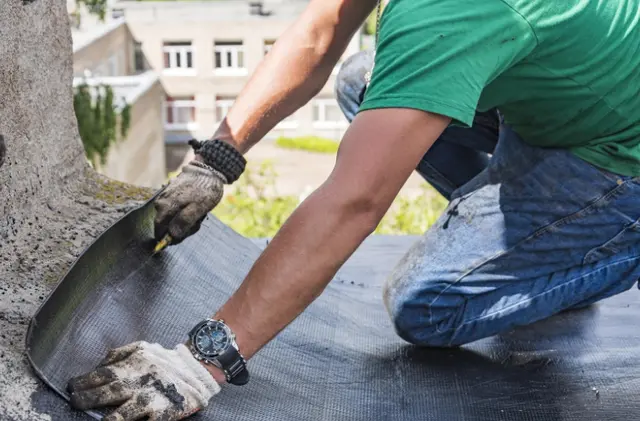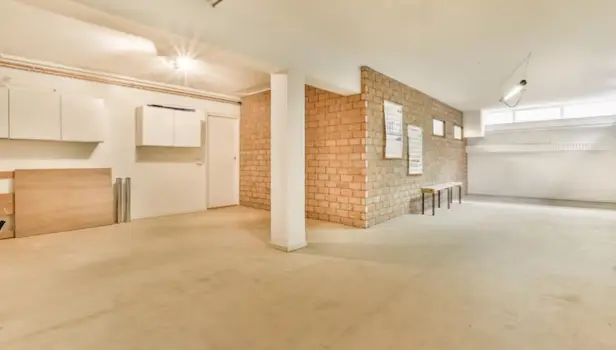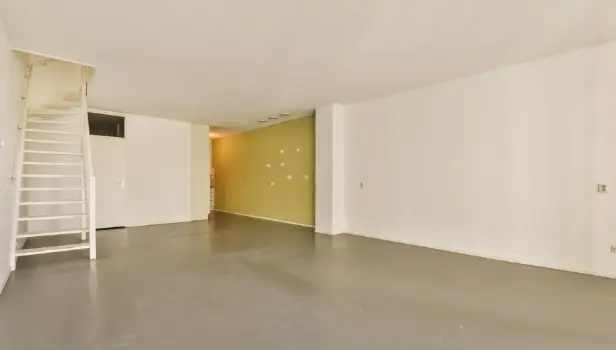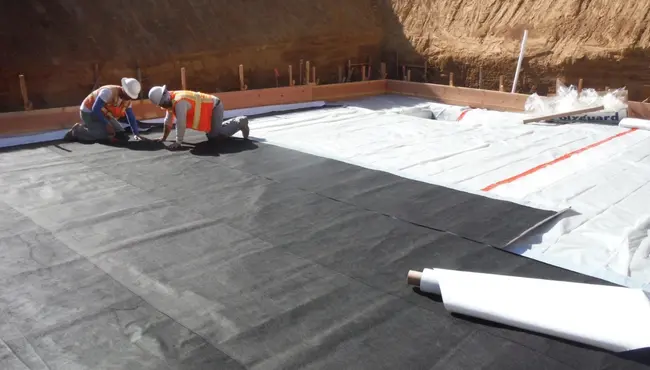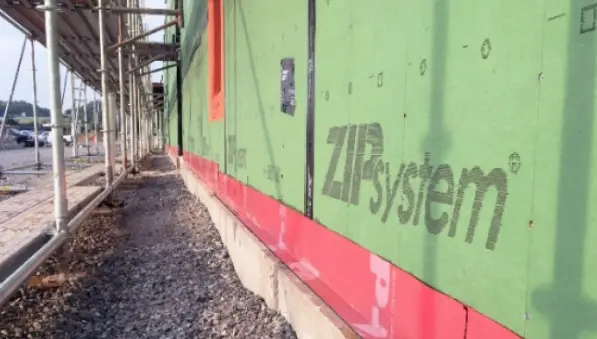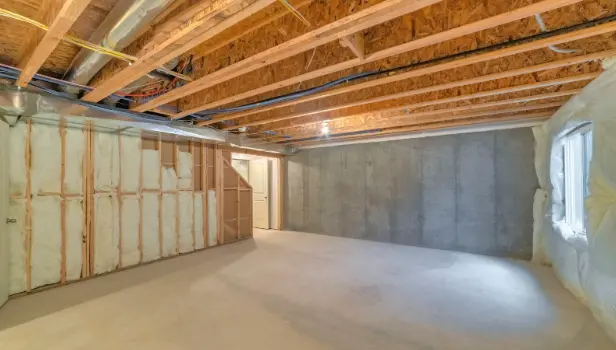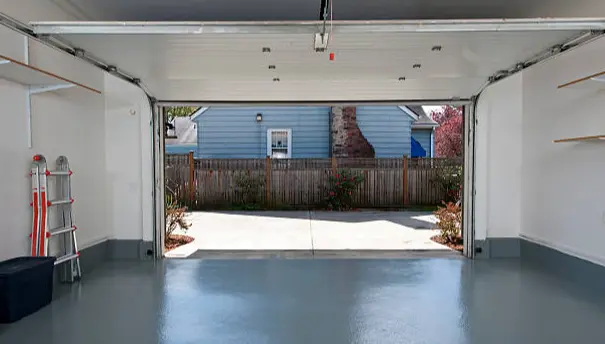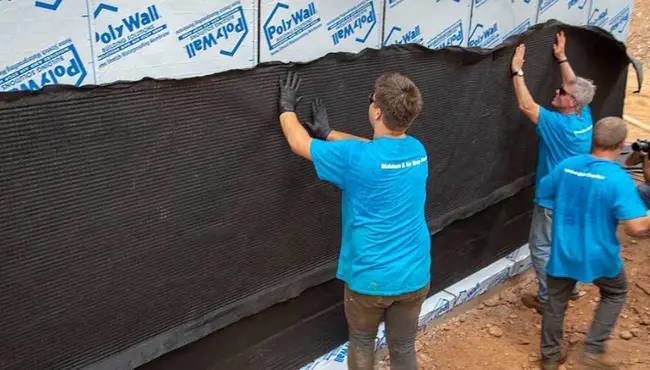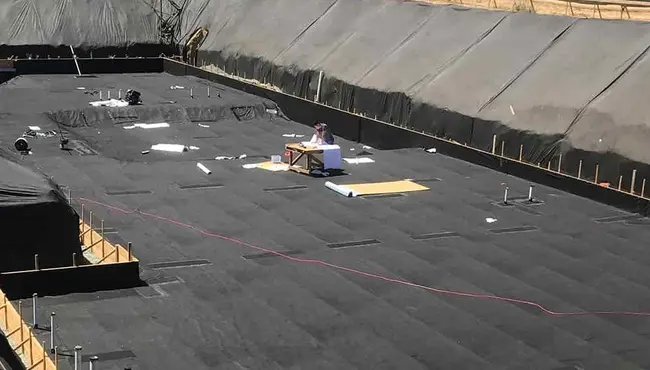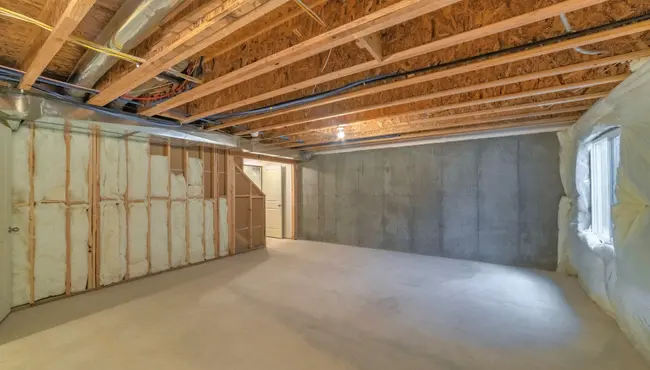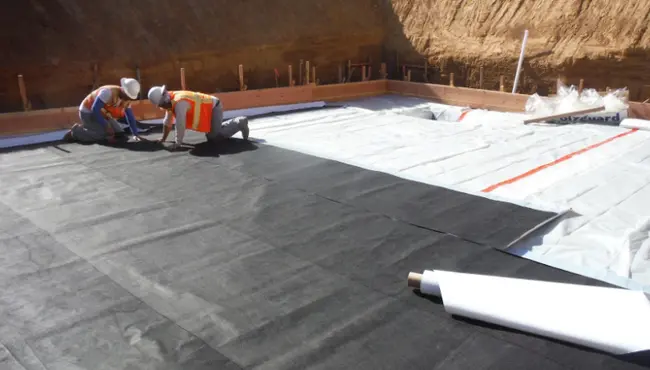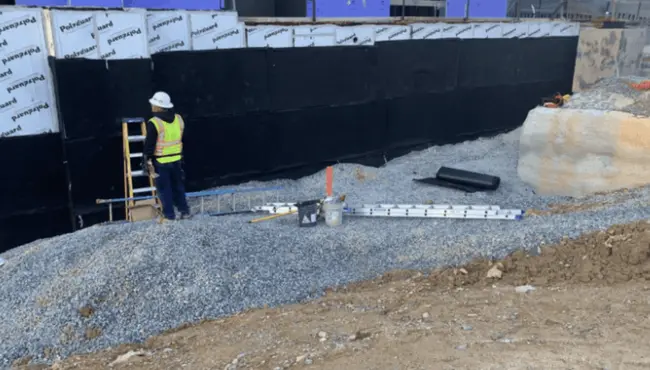
Roof waterproofing is a critical aspect of building maintenance because it offers protection against water damage, extends the lifespan of a roof, and keeps properties protected.
However, choosing the right roof waterproofing system can be the difference in having a residential home that lasts for decades or a home that needs continuous repairs and renovations.
Want to learn more about roof waterproofing systems and how you can find the best solution?
Keep reading!
How Do Roof Waterproofing Systems Work?
Roof waterproofing systems create barriers that prevent water from penetrating the roof structure, which, as a result, maintain the structural integrity of the building.
The choice of system, however, depends on several factors, including the roof type—whether flat, sloped, or green—and the specific challenges posed by the environment.
To make an informed decision, it’s important to examine the various types of waterproofing systems, which we will do next.
Types of Roof Waterproofing Systems
Different roofing situations require tailored approaches to ensure long-term effectiveness and durability. Here’s an in-depth look at several widely-used roof waterproofing systems:
Rubberized Asphalt Waterproofing
Rubberized asphalt is a highly effective roof waterproofing method, particularly known for its flexibility and durability in extreme weather conditions.
It involves applying a rubberized asphalt membrane to the roof surface as a way to create an impermeable barrier against water and moisture. And in terms of benefits, rubberized asphalt is able to expand and contract with temperature changes without cracking or breaking.
As a result, it is ideal for areas that experience significant temperature fluctuations—such as hot summers or cold winters.
Consider the Drawbacks
However, the installation process of rubberized asphalt requires specialized equipment and trained professionals because the material is applied at high temperatures. This can make it more expensive compared to other roof waterproofing systems, such as liquid-applied membranes or cementitious coatings.
Elastomeric Liquid Membrane Waterproofing
Elastomeric liquid membranes are a versatile waterproofing solution designed for both horizontal and vertical surfaces. The membrane is particularly effective in creating a seamless, durable barrier that conforms to the contours of complex roofing structures.
Long-Term Benefits
Elastomeric liquid membranes offer several advantages, including their ability to form a continuous, fully adhered waterproofing layer that provides excellent resistance to water penetration. The elastomeric properties allow the membrane to expand and contract with the building’s movements—preventing cracking and maintaining a long-lasting seal.
Consider the Drawbacks
While elastomeric liquid membranes provide significant benefits, they do require precise application.
The two-component system must be mixed and applied correctly, which requires the trained professionals to install. Not to mention, as a liquid-applied membrane, it requires a clean, dry surface for proper adhesion, which may add to preparation time and costs.
Polyguard’s Tailored Waterproofing Solutions
Some of the best roof waterproofing systems can be found at Polyguard, where we offer a comprehensive range of waterproofing products, each designed to meet the specific demands of various roof types. For instance:
Steep-Slope Roofs
For steep-slope roofs, Polyguard Deckguard® HT is a great choice.
This high-temperature, self-adhering underlayment membrane is engineered to withstand extreme heat, which makes it perfect for roofs exposed to intense sunlight.
Its superior adhesion to the roof decks also helps it prevent leaks around vulnerable areas such as skylights, reducing the likelihood of costly repairs and extending the roof's lifespan.
Flat Roofs
For flat roofs, Polyguard's 650 Sheet Membrane offers exceptional flexibility, which adapts to the irregularities often found on flat roof surfaces.
This self-adhering waterproofing membrane forms a robust barrier against water intrusion, and ensures that flat roofs remain dry and protected—even in the harshest weather conditions.
Green Roofs
Green roofs, which incorporate vegetation into the roofing structure, are increasingly popular in urban development projects.
These roofs offer numerous benefits:
- Improved air quality
- Reduced urban heat islands
- Building aesthetics
- Guest spaces
- Tax incentives
However, they also require a robust waterproofing system to prevent root intrusion and manage water retention effectively.
Polyguard’s Balconyguard™ Membrane is specifically designed for this purpose and provides a durable barrier that protects the structural integrity of green roofs while supporting vegetation growth.
Cool Roofs
Cool roofs—also becoming more popular—are designed to reflect more sunlight and absorb less heat than traditional roofs, which reduce cooling costs and mitigate the urban heat island effect.
Polyguard’s waterproofing systems are all optimized for cool roofing and combine waterproofing with thermal efficiency.
Combo Roof Systems
Combo roofs integrate multiple roofing technologies and offer developers a versatile solution that addresses challenges ranging from thermal insulation to moisture resistance and overall durability.
Polyguard provides roof waterproofing systems for combo roofs that integrate various waterproofing technologies into a comprehensive system. These tailored solutions meet the specific needs of residential, commercial, or mixed-use developments, ensuring comprehensive protection and efficiency.
Installation and Maintenance of Roof Waterproofing Systems
But selecting the right roof waterproofing system is just the beginning. Proper installation and regular maintenance is needed to make sure these systems perform effectively over time.
Professional Installation
To get the best installation possible, keep the following in mind:
- Materials like rubberized asphalt and elastomeric liquid membranes require precise application by experienced professionals.
- Developers should prioritize working with skilled contractors to avoid potential issues that could lead to costly repairs down the line.
Ongoing Maintenance
And to help your system last longer with maintenance, do the following:
- Conduct routine inspections to catch early signs of wear, such as cracks or punctures.
- Use products that are designed for durability, such as Polyguard’s products, which need less maintenance.
Partner with Polyguard for Superior Roof Waterproofing Systems
Polyguard’s advanced waterproofing systems are designed to meet the demands of modern construction—delivering unmatched protection and efficiency.
Interested in learning more?
